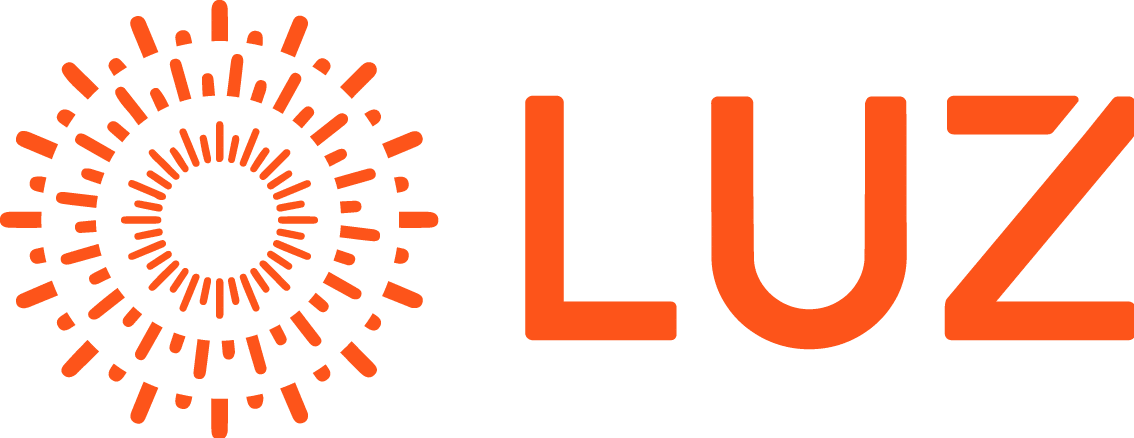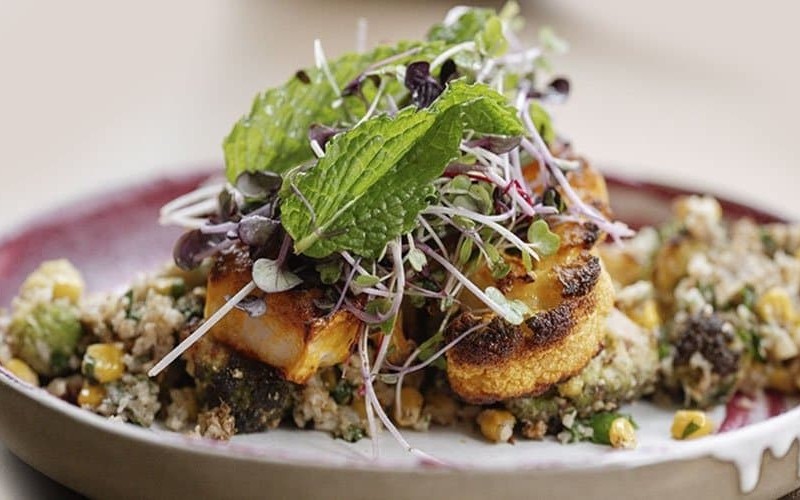Huitlacoche: The Fungus You Didn’t Know Your Plate Was Missing
Ever heard of Huitlacoche? 🌽 This unique fungus, often misunderstood as “corn smut,” is actually a culinary treasure in Mexico, transforming ordinary corn into a dish with a rich, earthy flavor that rivals truffles.

You may have heard it called “corn smut,” and the name might not evoke the most appetizing image. However, in many cultures, particularly in Mexico, it’s known as “huitlacoche” (pronounced wee-tlah-KOH-chay) and is considered a culinary delicacy. This fungus, which infects corn, transforms the kernels into dark, mushroom-like galls.
But why is there such a vast discrepancy between how cultures view this unique crop phenomenon?
What is huitlacoche aka “corn smut”?
Huitlacoche has deep roots in Mexico’s history, dating back to ancient civilizations like the Aztecs. While it might look unappealing at first glance, this corn fungus is packed with a rich, earthy flavor reminiscent of truffles. Prepared correctly, it’s a savory treat that has graced traditional dishes such as quesadillas, soups, and tamales.

While many American farmers view huitlacoche as a pestilence, ruining their corn crops, some farmers in Mexico and other parts of the world willingly infect their corn with the fungus. Why? Because it can often fetch higher market prices than regular corn. This is due to its rarity, unique taste, and the culinary demand, especially in upscale restaurants.
Not to mention huitlacoche is nutritionally superior to regular corn. It boasts higher protein content, is rich in unsaturated fats (particularly linoleic acid), and contains beneficial amino acids and vitamins. This makes it not only a gourmet delight but also a healthy choice.
If it’s so good, then why is huitlacoche constantly underappreciated?
The disparity in perspectives largely stems from cultural differences and, most probably, a lack of familiarity. Many American farmers, unfamiliar with the delicacy that huitlacoche represents, see only the loss of their regular corn crop. However, as globalization continues and food enthusiasts seek out authentic, world-renowned ingredients, the view on huitlacoche is slowly beginning to shift.
Chefs, particularly those championing Latin American plant-based cuisine, particularly Mexican, have played a pivotal role in introducing huitlacoche to new audiences. Their innovative dishes showcase the versatility and flavor of this “Mexican truffle,” are gradually changing perceptions and making it more mainstream.
It’s fascinating how one culture’s pest can be another’s treasure. The story of huitlacoche underscores the importance of cultural exchange and open-mindedness when it comes to food. Often, what we’re unfamiliar with can seem off-putting, but with a little exploration and understanding, we can uncover hidden culinary gems.
So, the next time you come across huitlacoche on a menu or in a market, give it a try – you might discover a new favorite delicacy you’ve been sleeping on.




